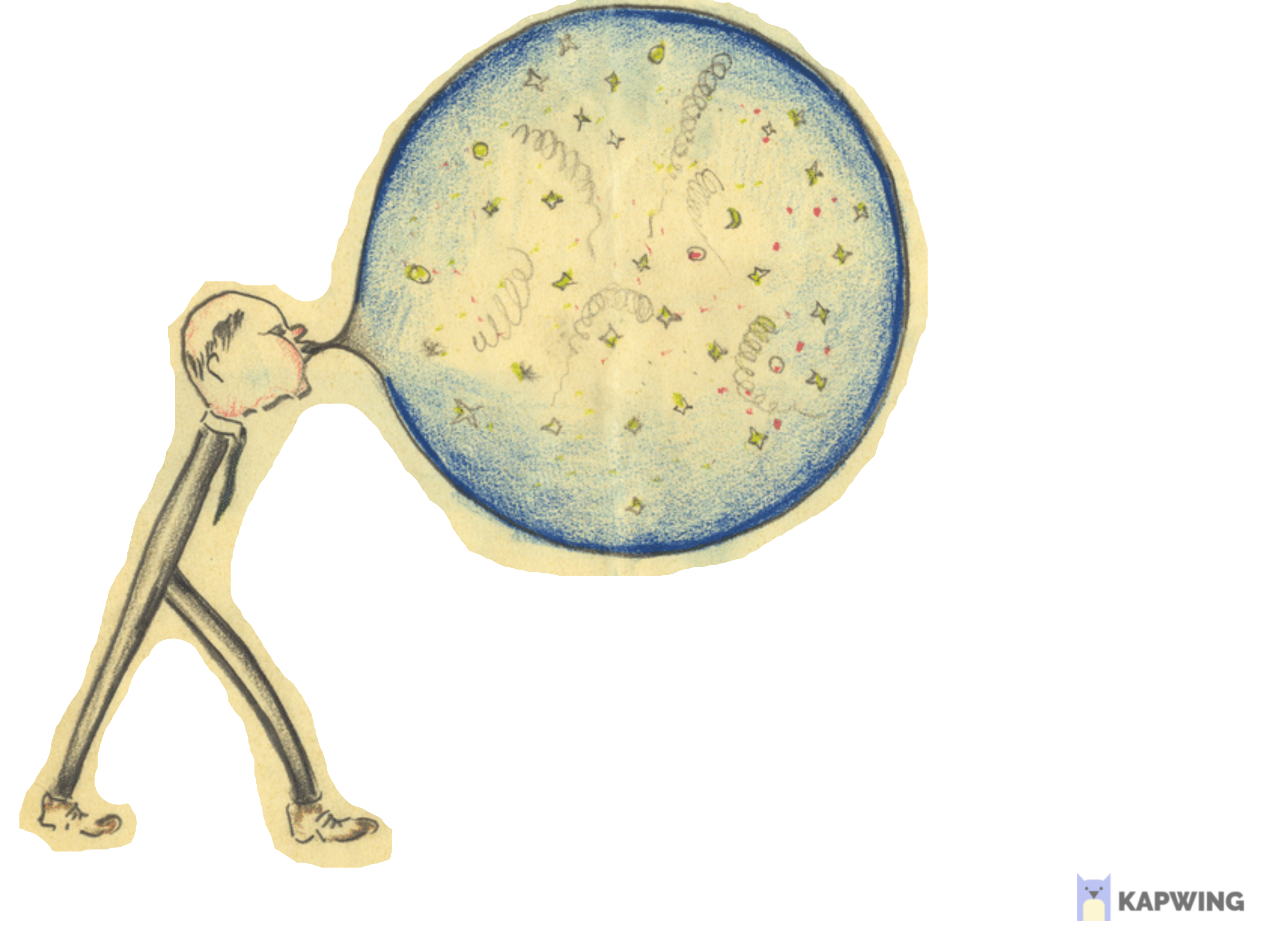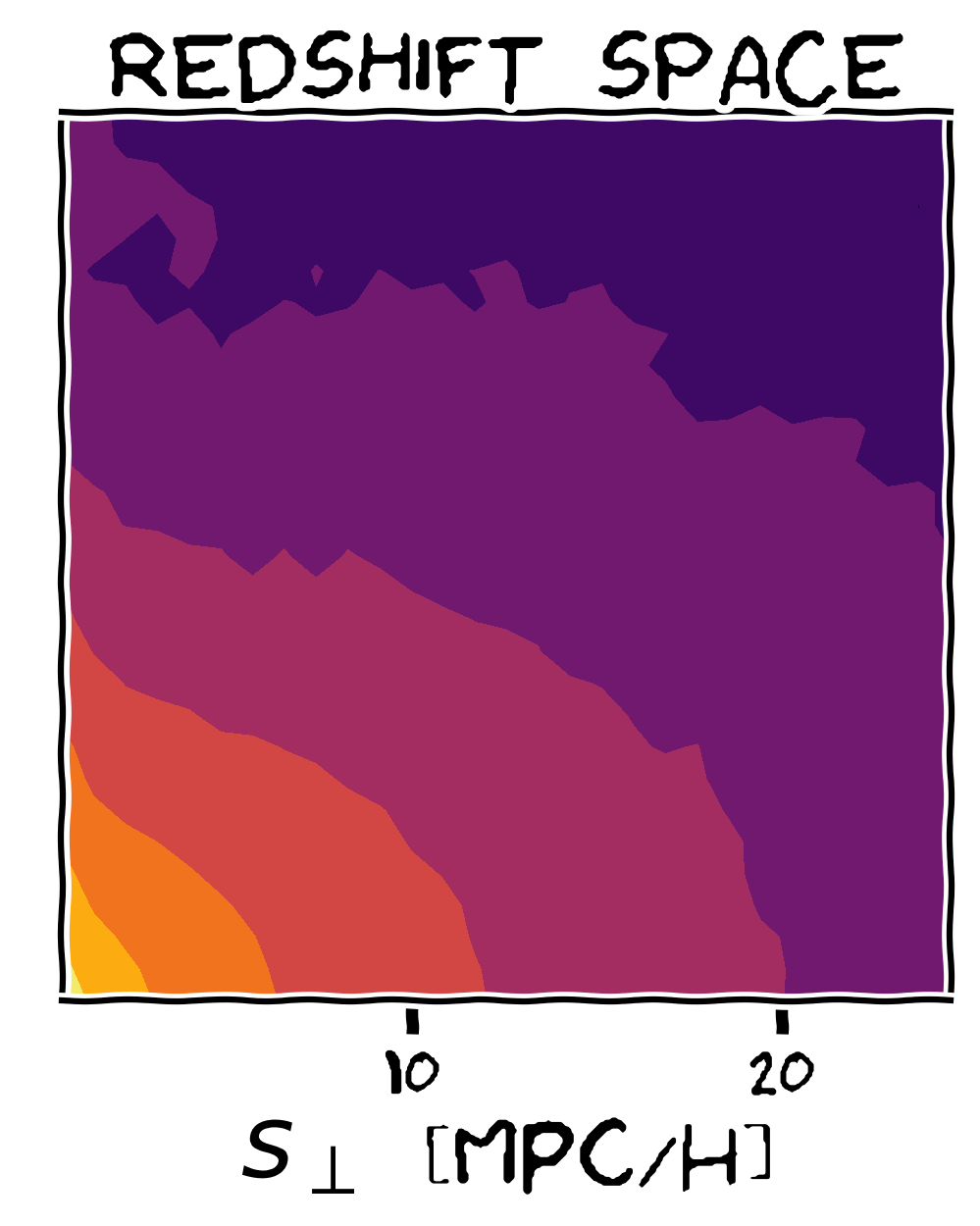Redshift surveys in a nutshell
Learning summary statistics with ML
Carolina Cuesta-Lazaro
Brown Bag Lunch Talk

Collaborators: Cheng-Zong Ruan, Yosuke Kobayashi, Alexander Eggemeier, Pauline Zarrouk, Sownak Bose, Takahiro Nishimichi, Baojiu Li, Carlton Baugh


Medical Imaging
Epidemiology: Agent Based simulations
OBSERVED
SIMULATED
Cosmology



Simulations
HPC
Science question
Statistics ML


Fifth forces modify structure growth
GROWTH
- GRAVITY
- FIFTH FORCE
+ EXPANSION
Credit: Cartoon depicting Willem de Sitter as Lambda from Algemeen Handelsblad (1930).

Credit: https://arxiv.org/abs/1912.09383

Resolving tensions
Machine Learning as a solution to
- Non-linearities Produce accurate predictions based on N-body simulations
- Non-Gaussianity Extract cosmological information at the field level
























Cosmology =



Main Assumptions
- Galaxies don't impact dark matter clustering
- Number of galaxies depends on halo mass only









- We don't know the Initial Conditions
- Data is very high dimensional
- Large number of parameters to constrain
- N-body sims extremely slow to run! (Sampling parameter space > O(10^6) calls)
Cosmology =
Galaxy =














?









Summarise the data




N-body simulations

Likelihood evaluations
What to emulate?
- Flexibility: Vary galaxy tracers, and their cross-correlations. Marginalising over g requires flexible g!
-
1% accuracy1-sigma accuracy:- Emulator only as good as data used for training
- Model clustering and mapping between real and redshift space separately
Neural Net
Analytical


Cosmology
Centrals
Satellites

How much information are we throwing away by summarising in two piont functions?

How much information are we throwing away by summarising the data?










Density-dependent clustering


Clusters

Voids



0.08
0.05
0.02
0.7
0.4
PRELIMINARY
0.85
0.80
1.1
1.0
0.9
3.5
0.9
3.0
0.33
0.08
0.28
0.03
0.07
0.4
0.7
0.8
0.86
0.87
1.06
0.87
3.0
3.5
Input
x
Neural network
f
Representation
(Summary statistic)
r = f(x)
Output
o = g(r)


Increased interpretability through structured inputs
Modelling cross-correlations
ML and cosmology
- ML to accelerate non-linear predictions: allow MCMC sampling of non-linear scales
- Precision of future surveys: what and how we emulate will have an impact on cosmological constraints
- Can ML extract **all** the information that there is at the field-level in the non-linear regime?
- Compare data and simulations, point us to the missing pieces?
deck
By carol cuesta
deck
- 539



